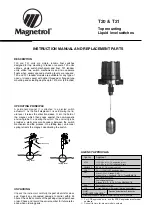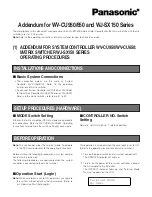
Table 216: MLD Snooping Querier VLAN Configuration Fields (continued)
Field
Description
Version
The operational MLD protocol version of the querier.
Last IPv6 Address
The IPv6 address of the last querier from which a query was snooped on the
VLAN.
Last Version
The MLD protocol version of the last querier from which a query was snooped on
the VLAN.
Max Response Time (Seconds) The maximum response time to be used in the queries that are sent by the
snooping querier.
Click
Refresh
to refresh the page with the most current data from the switch.
Creating Port Channels
A port channel, also known as a
, allows you to combine multiple full-duplex Ethernet links into a
single logical link. Network devices treat the aggregation as if it were a single link, which increases fault
tolerance and provides load sharing. You assign the port channel LAG VLAN membership after you
create a port channel. The port channel by default becomes a member of the management VLAN.
A port channel (LAG) interface can be either static or dynamic, but not both. All members of a port
channel must participate in the same protocols. A static port channel interface does not require a
partner system to be able to aggregate its member ports.
Note
If you configure the maximum number of dynamic port channels (LAGs) that your platform
supports, additional port channels that you configure are automatically static.
Static LAGs are supported. When a port is added to a LAG as a static member, it neither transmits nor
receives LACPDUs.
Port Channel Summary
Use the Port Channel Summary page to group one or more full duplex Ethernet links to be aggregated
together to form a port channel, which is also known as a
. The switch can treat the port channel as
if it were a single link.
To access this page, click
Switching
>
Port Channel
>
Summary
in the navigation menu.
Configuring Switching Information
ExtremeSwitching 200 Series: Administration Guide
214
















































